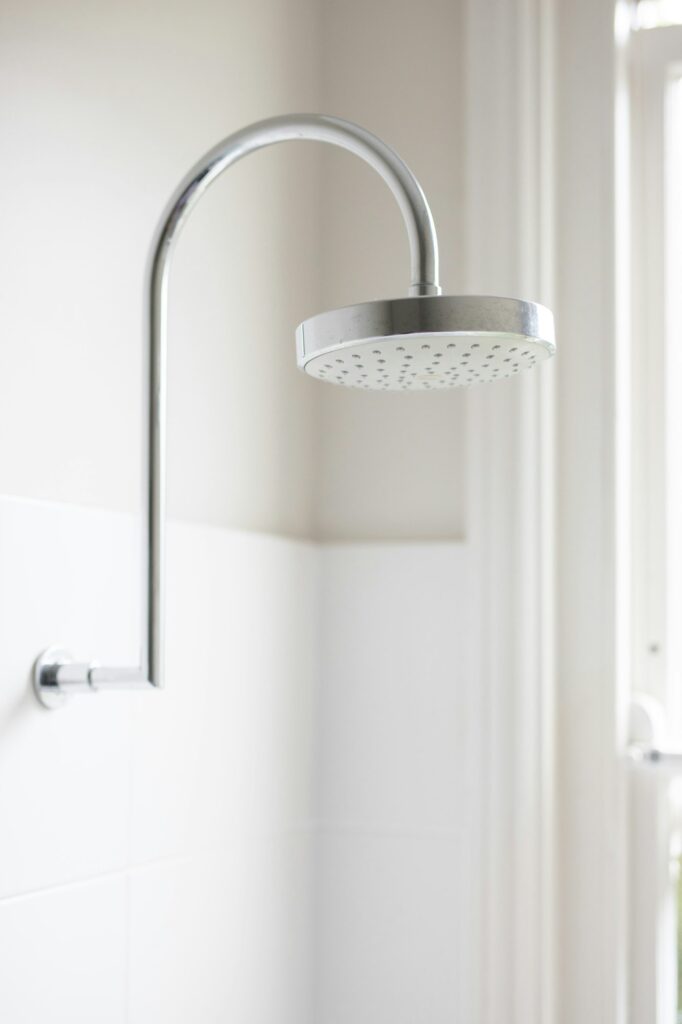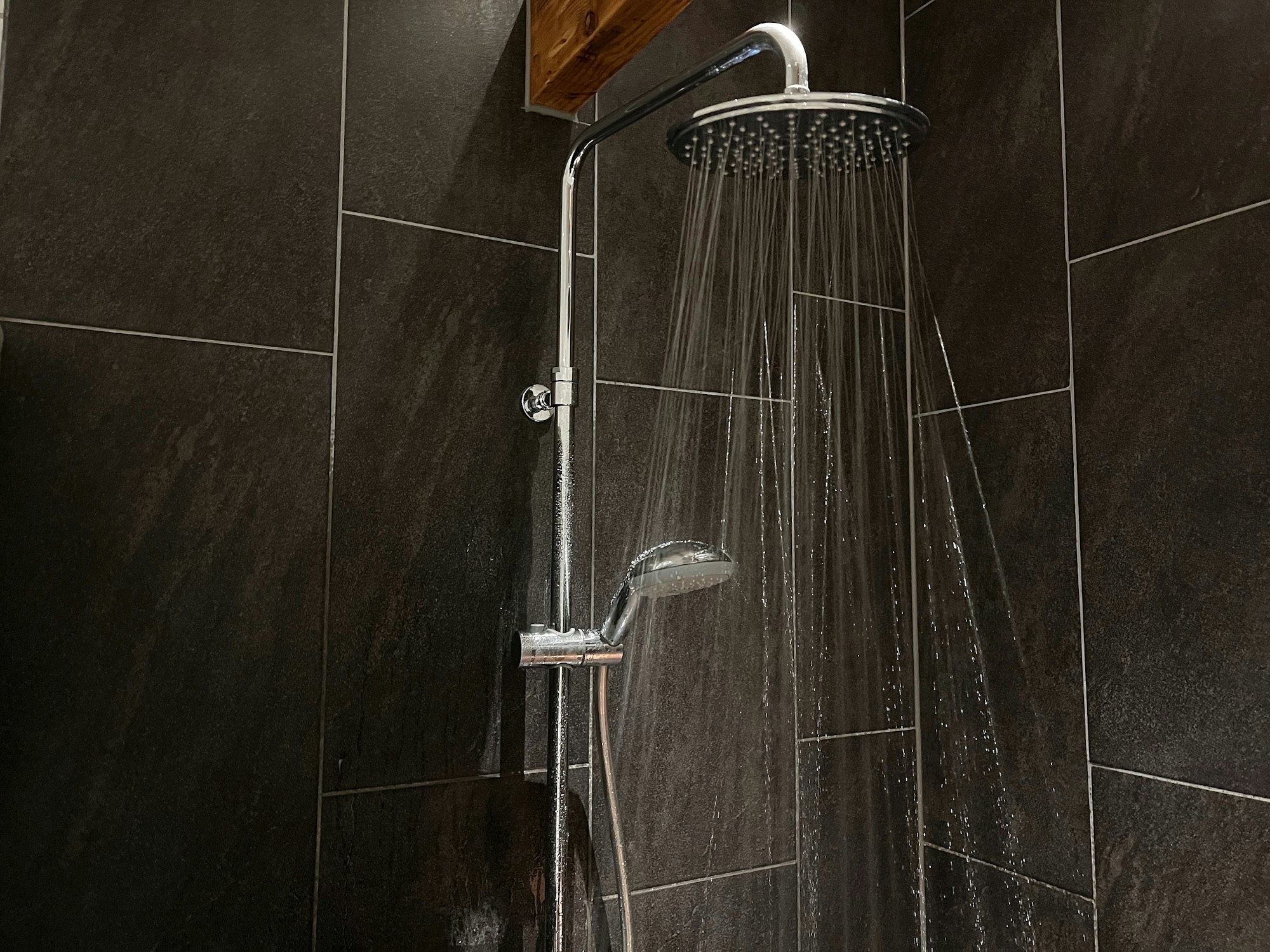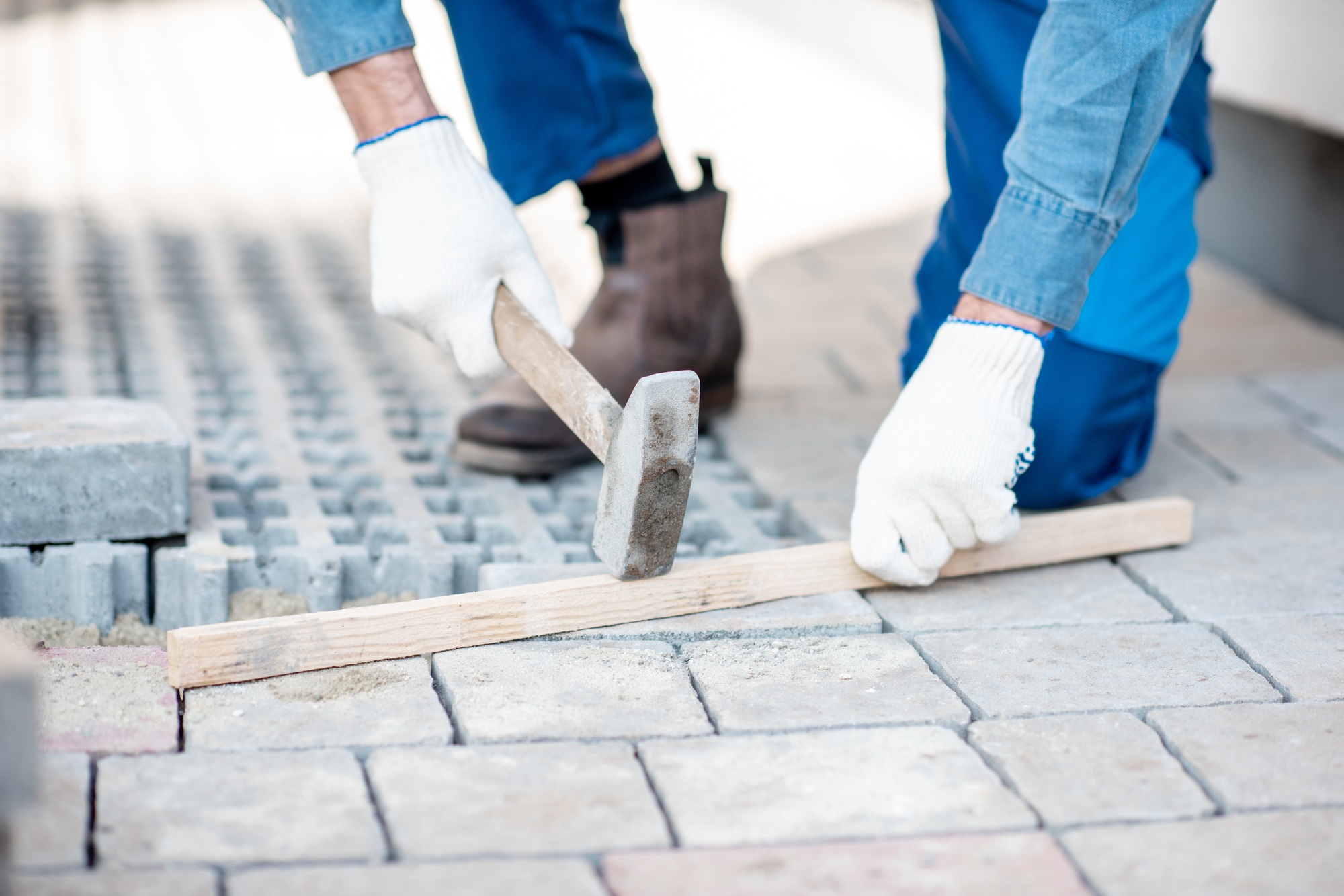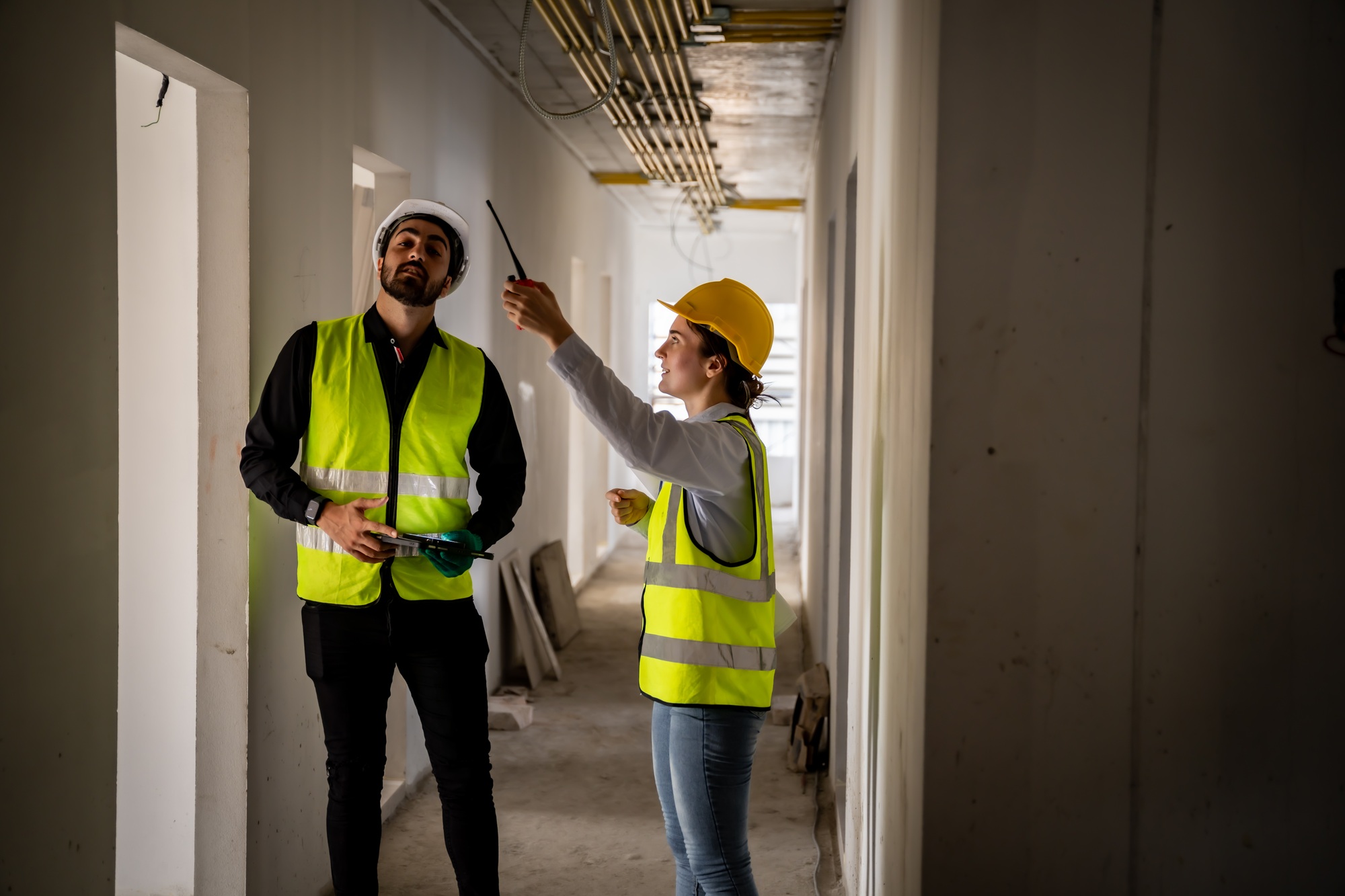Signs You Have a Shower Leak
Understanding the Common Causes of Shower Leaks
In the complex network of your home, shower leaks stand as silent adversaries, often slipping under the radar until significant damage has occurred. These leaks can be precipitated by a myriad of factors, each with the potential to wreak havoc on your household if not swiftly addressed. Structural fractures, defective plumbing, and poor installations are just a few culprits in this silent mischief. It’s crucial to equip yourself with knowledge about these common sources to safeguard your home, ensuring your sanctuary remains intact.
Faulty fixtures are one of the leading causes of shower leaks. Whether it’s the showerhead, the valve, or the faucet, any malfunctioning component can lead to unwanted water escape. Additionally, over time, the grout and sealants that form a watertight barrier can degrade, resulting in moisture seeping into areas where it doesn’t belong. For a deeper look at how these leaks often go unnoticed and identifying them, consider visiting this comprehensive resource that outlines the intricacies involved.
Detecting Unusual Water Stains or Damage
Water stains are often one of the first indicators that something is amiss behind your shower walls. These stains might initially seem like benign discolorations, but they can signify deeper issues at play. Notice any mysterious marks on your walls or ceiling? These could be the consequence of a persistent leak. Over time, such leaks can cause the affected areas to warp, blister, or even crumble.
Detecting these changes early can prevent extensive damage to the structure of your home. If left unresolved, water damage doesn’t just compromise aesthetics; it can lead to costly repairs and potential health hazards. To truly guard your home from the wrath of water damage, it’s essential to remain vigilant and proactive in identifying such signs promptly.

Monitoring Changes in Water Pressure or Temperature
A sudden shift in your water pressure or an inconsistency in temperature can tell you a lot more than you might think. Such changes often hint at leaks within your shower system. These fluctuations could be due to water escaping from the pipes leading to the shower or an internal issue within the plumbing itself. It’s essential to act quickly when you notice deviations in your water system’s performance.
Unstable water pressure or temperature might not only suggest a leak but can also indicate potential blockages or damage within your plumbing network. Addressing these irregularities swiftly can prevent further complications, such as burst pipes or extensive water waste. Regular monitoring can save both water and money, ensuring a smooth and efficient shower experience.
Identifying Mold and Mildew Growth in the Bathroom
Bathrooms provide the perfect conditions for mold and mildew to thrive: warmth, moisture, and organic materials. When you start seeing these unwanted guests in your bathroom, they often indicate that underlying issues exist, most notably a persistent shower leak. Mold and mildew are not just unsightly; they can also pose significant health risks to you and your family.
If you notice an earthy or musty odor in your bathroom, it could be a sign of hidden mold. Besides the health implications, mold can also damage your fixtures and walls, necessitating costly repairs. For more detailed information on how you can spot signs of a leaking shower, check out this authoritative guide.
Inspecting Grout and Sealant Deterioration
Grout and sealants serve as the unsung heroes of your shower, keeping water exactly where it should be. Yet, they are not immune to wear and tear, and over time, can crack or become loose. These fissures allow water to escape, leading to leaks that may not be readily visible. Regular inspections can help catch these faults early on.
Carefully scrutinize the areas around your tiles and shower base for any signs of distress. If you observe any crumbling or mold growth along the grout lines, it’s time to take action. Repairing or replacing deteriorated grout and sealants not only prevents water from seeping through but also enhances your bathroom’s overall appearance and longevity.

Observing Unexplained Increases in Water Bills
A leak left unchecked can quietly sabotage your water bill. If you notice a mysterious rise in your water expenses without a corresponding increase in usage, it’s possible a leak is the culprit. This can be especially true in the case of shower leaks, which might not be evident until they’ve already racked up significant costs.
By keeping a close watch on your water bills and correlating them with your household’s actual water usage, you can detect leaks early and address them. This proactive approach not only minimizes unnecessary expenses but also contributes to water conservation, a critical aspect of environmental stewardship.














Post Comment